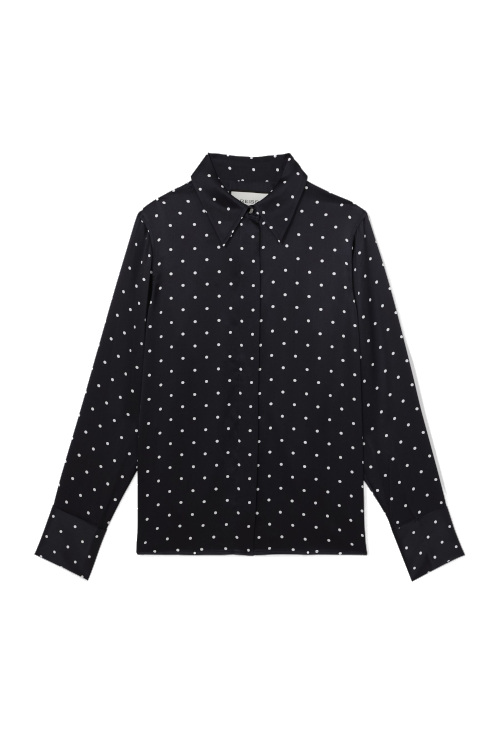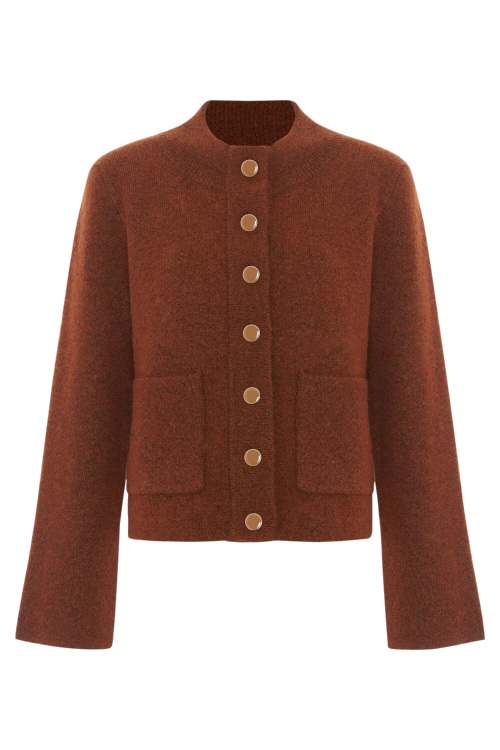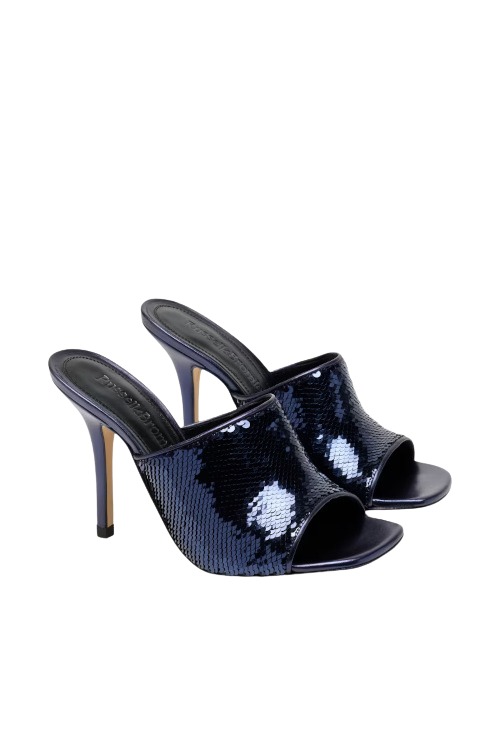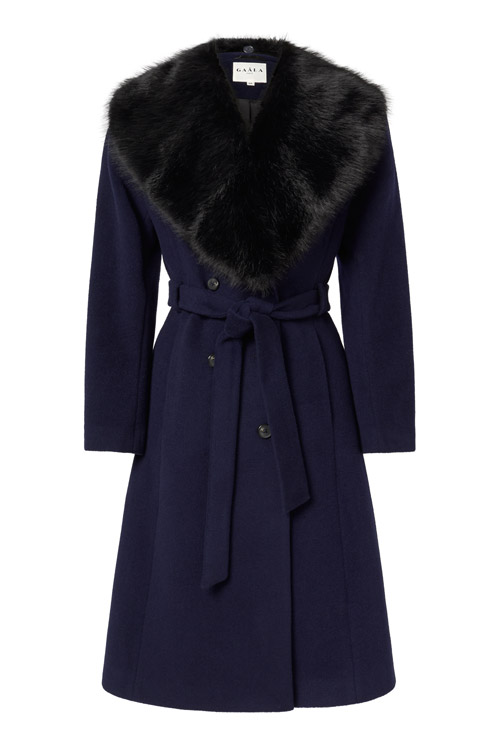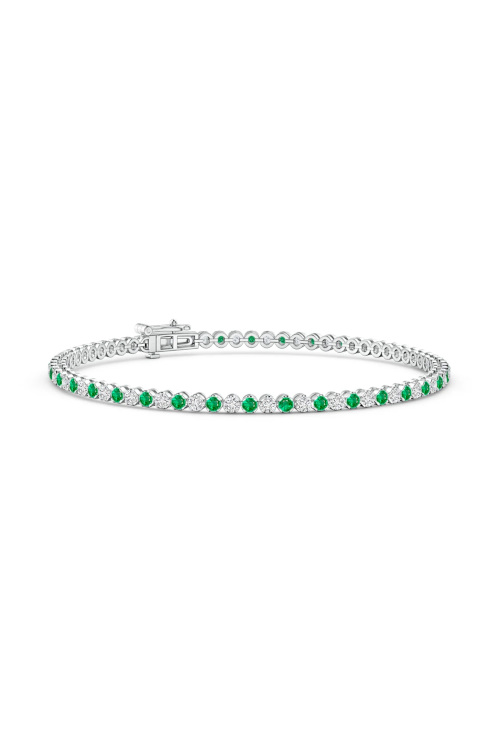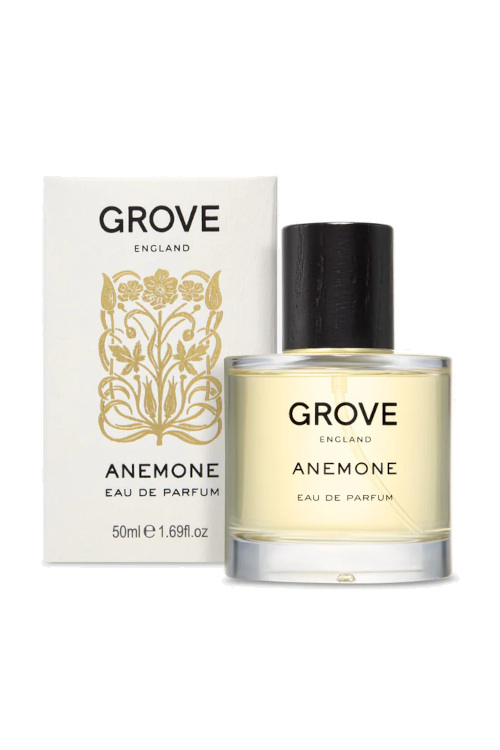Jeffing Technique: How Walking Can Help You Run Faster
By
1 year ago
Benefits of the run/walk method

Slowing down mid-run for a bit of walking might feel like a failure, but it could actually be the key to improving your endurance. Say hello to jeffing: not slang for swearing but the fitness technique in-the-know runners are using to boost their stamina and speed. It’s long been used by ultra-marathon runners to up their game, but you don’t have to be a pro to reap the rewards: runners of any level can benefit from incorporating this type of interval training into their plan. Here’s everything you need to know.
What Is Jeffing?
Jeffing is a type of training which involves mixing running and walking in a single workout. While it’s having a bit of a moment right now (thank you TikTok), the practice actually dates back to the ‘70s, when the term was coined by American Olympian Jeff Galloway. Written about in his book Galloway’s Book on Running, the method was developed as a way to help runners achieve their distance goals in a manageable way, minimising fatigue and injury.
On his website, it reads: ‘Galloway designed this method in 1973 to help beginners start running. Strategic walk breaks allow each runner to control fatigue, virtually eliminating significant running injuries. Numerous surveys show that veterans tend to improve their finish times when they shift to Run Walk Run.’

GettyImages
How To Do It
The length of the intervals vary depending on your individual ability and goals, but for beginners it usually involves running for one to two minutes, then walking for a slightly longer period. You then repeat this cycle of run-walk, run-walk for around 20 minutes (sometimes more for more seasoned runners). The idea is that over time, as your endurance increases, the running intervals will increase and the walking intervals will decrease. If you’re using jeffing to train for a race, Jeff himself recommends reducing walking periods to just 30 seconds at a time.
What Are The Benefits?
Despite being created by an Olympian, jeffing can be useful for beginners as a way to gradually ease into running – hence why apps like the Couch To 5K incorporate it into their plans. For more experienced runners, it can help train your body to run faster for longer periods of time, helping achieve new PBs.
Training for a marathon? You can even use jeffing during big races. A 2016 study published in the Journal of Science and Medicine in Sport found a mix of running and walking can get you to the finish line in roughly the same time as continuous running. Upon tracking a group of non-elite male and female marathon runners, it found completion times were similar for those who were doing a mix of running and walking, and those who were just running. The run-walkers’ times ranged from 4.14 to 4.34, while the runners’ times ranged from 4.07 to 4.34. Plus, those who practised the jeffing method reported less muscle pain and fatigue afterwards.
Integrating walking periods into your running also helps reduce the risk of injury, as it lessens the impact on your joints and bones. It can therefore be useful during training for big races, where injury prevention is crucial.
Runners also rave about the mental benefits. If you find the idea of running long (or short) distances daunting, knowing you have walking breaks built in makes it easier to manage mentally.










